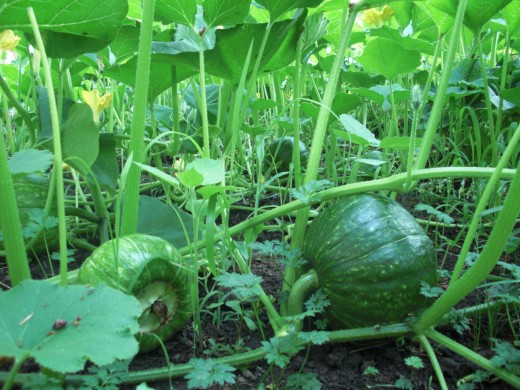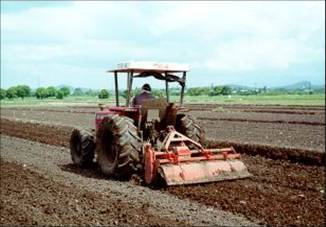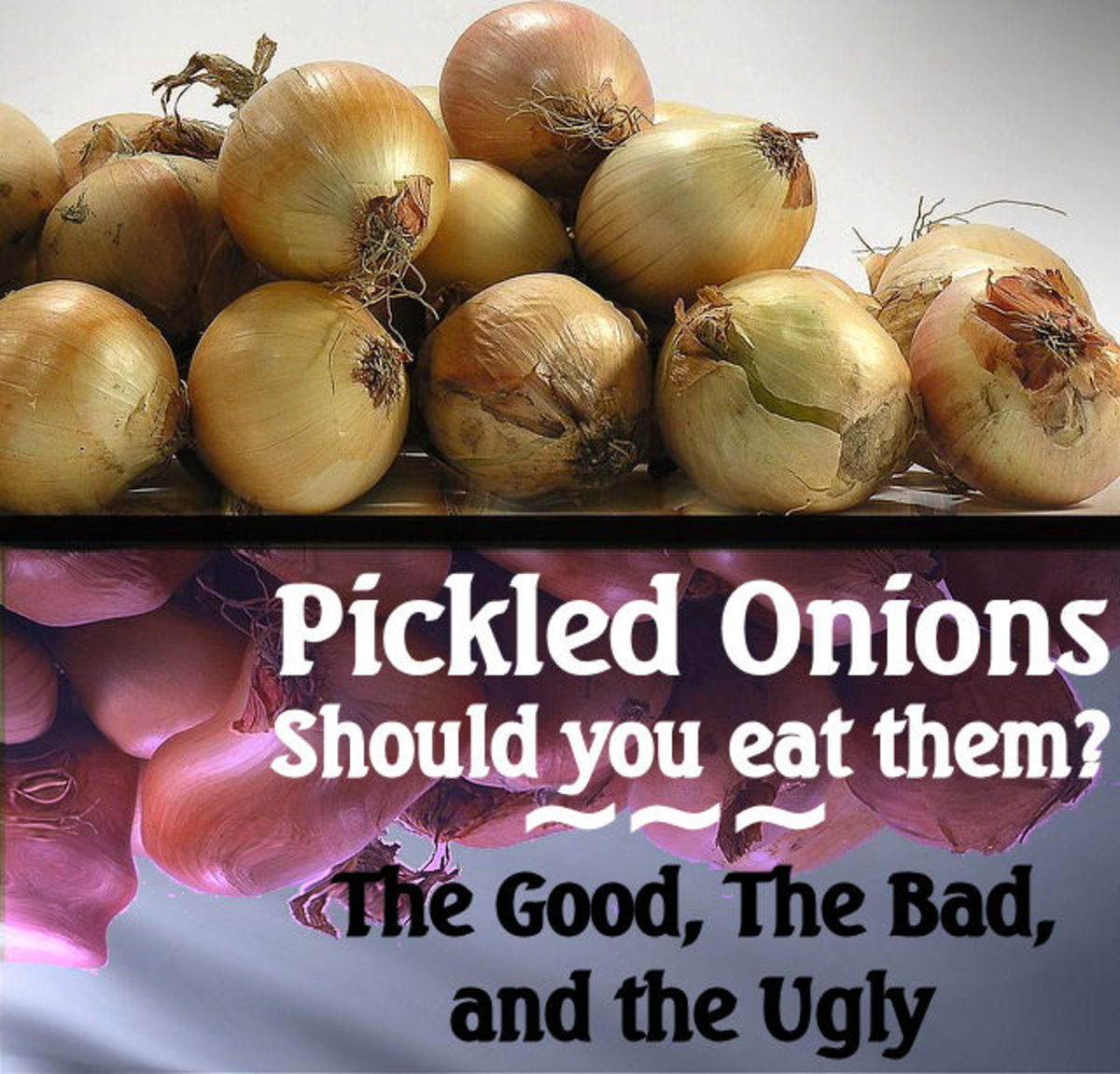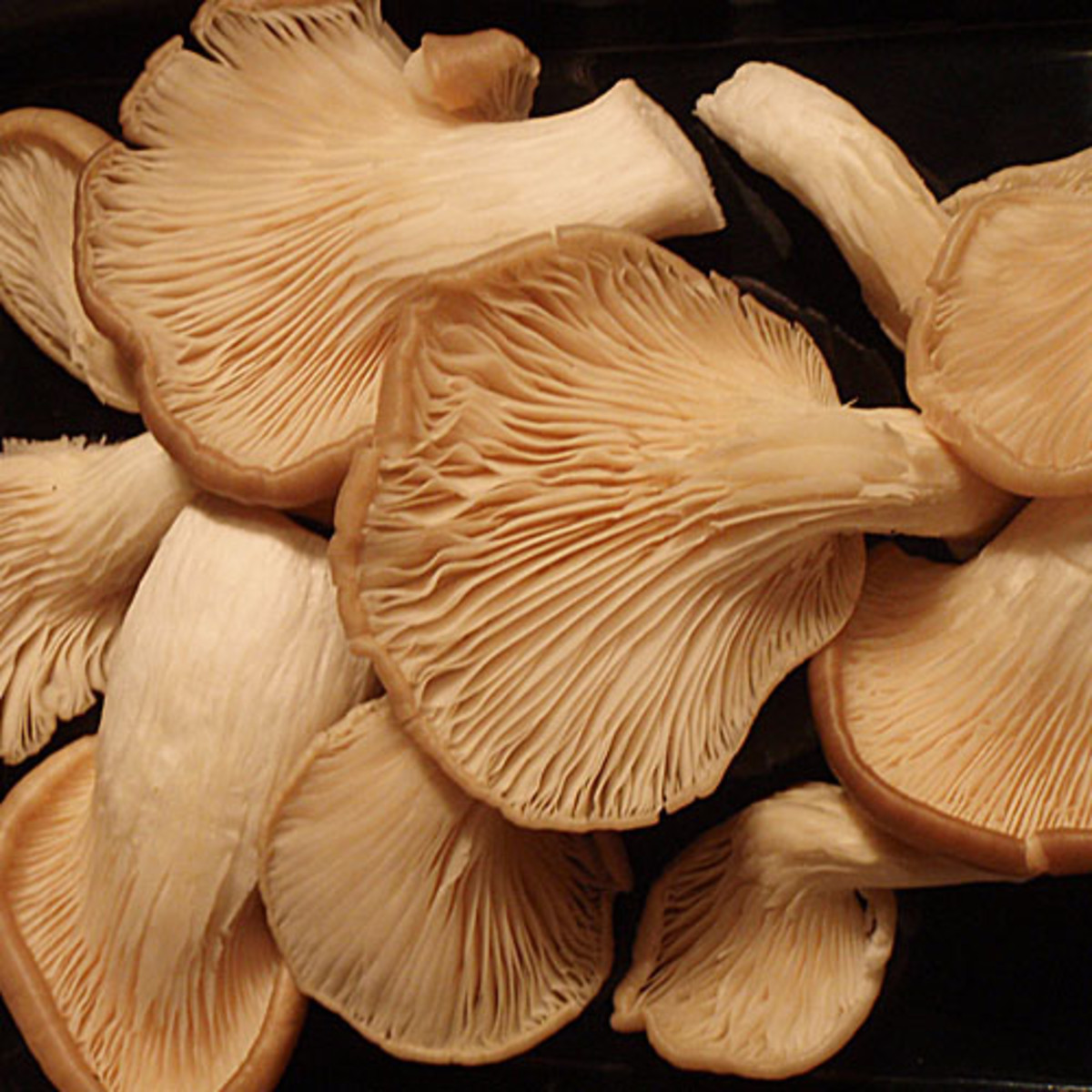- HubPages»
- Food and Cooking»
- Cooking Ingredients»
- Vegetable Ingredients
How to Cultivate Squash
In some countries, squash shoots, fruits and flowers have long been used as vegetables. Roasted squash seeds are sold as a natural and nutritious snack. Processing methods developed in recent years have also made the vegetable more valuable. The fruits are no longer simply cooked and served in households; they are now used as main ingredient for gourmet soups and pies in hotels, restaurants, and other food establishments. Canned squash soup is now available in the market. Flour made from squash is mixed with regular wheat flour in the manufacture of noodles as a healthy alternative to the less beneficial commercial types.
Now that the consumers have become more health-conscious, healthy and natural food sources are in great demand. Squash is rich in Vitamin A or Retinol, an essential compound for growth and good vision. Its flowers have been found to contain, lutein, a phytochemical that helps prevent cataracts. Because of its many uses as food, plus the potential health benefits, demand for this vegetable may continue to rise. All it takes is a simple production guide with capital of about $1,000 per hectare for farmers who are interested in meeting this demand. On the average, net income per hectare is computed to be $1200 to $2500.

Varieties
There are many types of squash to choose from, but ideal varieties for local cultivation are the Golden Squash, Sampuso, San Leonardo, and Suprema.The last three are reccommended for commercial production because they grow well in both dry and wet seasons, are tolerant to many common pests and diseases, and are highly marketable for their size, texture and appearance.
Farm Requirements
Squash grows best in the dry season and a relatively dry, warm climate is ideal for fruit setting. The plant thrives on many types of soil, although sandy loam or clay loam with a pH of 6.0 - 6.5 is best for planting. The soil should be well-drained, with access to a nearby water source.
Land Preparation
Although planting squash requires minimum tillage, it is still better to plow and harrow the field alternately two to three times to loosen the soil. Removing potentially harmful debris such as weed seeds also helps ensure a more productive sowing.
Furrow the field and prepare beds that are 0.75 to 1 m wide and 2 m apart. Prepare holes / hills spaced 1 m apart. Incorporate organic fertilizer, decomposed animal manure or compost at 10 t/ha to the soil at planting time for improved soil structure. For hilly areas, incorporate 100g organic fertilizer mixed with 14-14-14 per hole.

Planting
Direct Seeding: For direct seeding, plant two to three seeds 2-5cm deep per hill. Apply rice straw or grass clippings or plastic mulch to maintain soil moisture and minimize growth of weeds.

Mulching also protects the fruits from coming in contact with the soil, thus preventing infestation by soil-inhabiting microorganisms that cause disease. When the first true leaves appear, remove weaker seedlings and leave nutrients to two remaining stronger ones.
Transplanting:
Hybrid squash seeds are expensive, so letting the seeds turn into seedlings before transplanting is advisable for a more efficient plant management.
- Fill a nursery tray with garden soil, burned rice hull, and compost in a 2:1:1 ratio.
- Plant one seed per hole.
- Transplant two weeks after seedling emerged.
- Irrigate immediately and lay mulch, preferably rice straw, on the transplanted seedlings.
Vine Training
When the plants have started to grow, train the vines once a week to crawl in a way that will evenly cover the site. The thick squash leaves covering the ground will help in preventing the growth of weeds in the plot. Leave prominent vines alone for maximum growth. Trim lateral vines near fully-developed fruits. Deformed fruits must be removed to leave nutrients to the healthy ones. Lay rice straw or knitted bamboo underneath the fruits to prevent rotting.
Pollination
Squash is often cross-pollinated. Major pollinators are bees and white flies. When insect pollinators are few, increase seed yield by manual pollination. Insert the male flower into the female flower of the same age from 6 to 8 o'clock in the morning or rub pollen against the female pistils from early to peak flowering stages.
Irrigation
Squash can tolerate drought, but regular irrigation, especially during dry season, enhances crop performance. Weekly furrow irrigation is best for squash. Irrigate plants with 1 liter of water per hill every other day and also after every fertilizer application and during critical stages like planting, vegetative, flowering, and productive phases. Stop irrigating when fruits are already mature green.
Fertilization
Squash responds well to organic fertilizers. The amount of fertilizer needed for squash planting is largely dependent on the type of soil. However, the yield is better with less fertilizer than excessive fertilization. In general, here are some recommended applications:
- Before Planting, apply 5 tons per hectare of well-decomposed chicken manure along with 3 to 4 bags of complete fertilizer (14-14-14) and incorporate into the soil during plowing and harrowing.
- Side-dress with one to two bags of 50-50 mixture of urea and muriate of potash every four weeks. Place fertilizers at least 10 cm away from the plants to prevent chemical burns. Cover the fertilizer with a thin layer of soil to prevent nutrients from evaporating.
Weeding
Weeds may be controlled by hand pulling or by swallow cultivation using a hoe. Start weeding 7 to 14 days after seedling has emerged. The frequency of weeding depends on the presence of weeds or until the plants has grown enough to cover the ground to prevent weed growth. Spot weeding is always an option. Plastic mulch can help prevent weed growth.
Pest and Diseases Control
Squash is susceptible squash and lady beetles, aphids, thrips, cutworms and fruit flies. Aphids and leafhoppers are the most common of insect pests affecting squash throughout the year. Sowing from May to July or October to December, minimizes exposure to the peak season of pests and diseases. Wrapping the fruits in paper is one preventive measure. Mildews and viruses can be avoided by using varieties tolerant to such diseases. The mosaic virus is the most damaging disease affecting squash plants. A sure way of avoiding the spread of disease is to pull out diseased or infected plants then burying or burning them.
Insect pest/disease
| Recommended management
|
|---|---|
Squash Beetle
| Use insect net
|
Aphids
| Crush colonies then treat plants with 200 ml basil leaf extract per 16 liters of water.
|
Cutworms/beetles
| Spread ashes on the leaves to prevent the beetles from feeding on them.
|
Whitefly/Fruitfly
| Use fly traps. Flood once a week to replenish sap. The larvae can be controlled by spraying the plants with a mixture of native hot pepper extract and water.
|
Leafhopper
| Overhead irrigation two times a week to reduce population. Flood once a week to replenish sap.
|
Bacterial wilt
| Applying compost or animal manure can minimize the effects.
|
Mosaic/Leaf curl virus
| If the virus affects the plants at a young stage, uproot affected plants and burn them. Virus is better tolerated at fruiting stage. Water the plants once a week until harvest time but do not use as seedlings. Burn infected plants after harvest.
|
Harvesting
Harvest fruits 30 to 40 days after pollination. You can tell it is time when the stalk of the plant starts to mature, the rind becomes hard and the skin becomes brownish orange in color. There is also a powdery white substance on the skin of the fruit. Cut the stalk with a sharp knife, leaving a portion of it still attached to the fruit to extend storage life. If intended for cooking with the peel intact, squash fruits can be harvested while immature and the skin is still soft.



